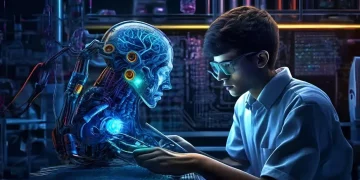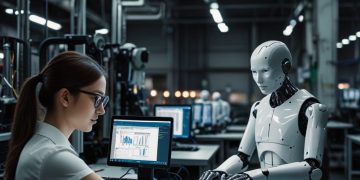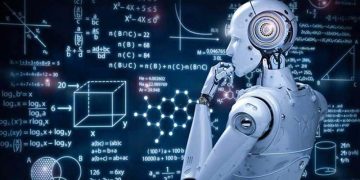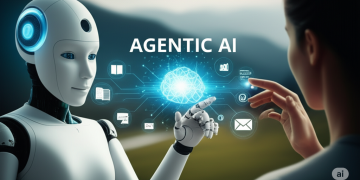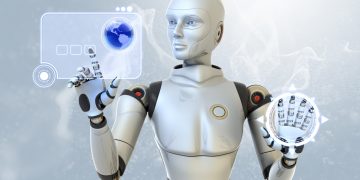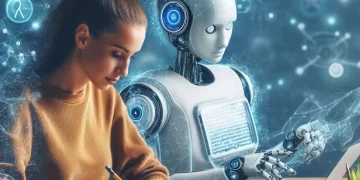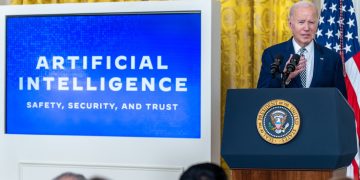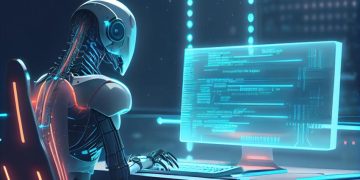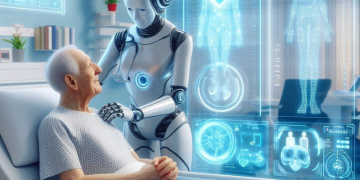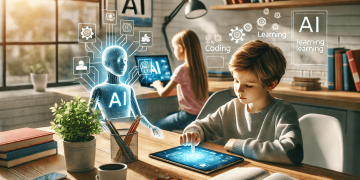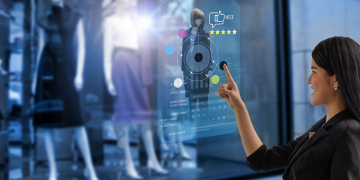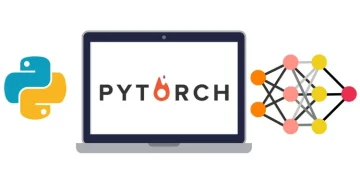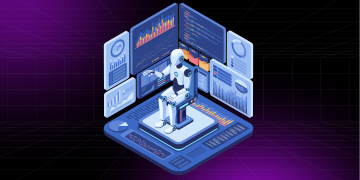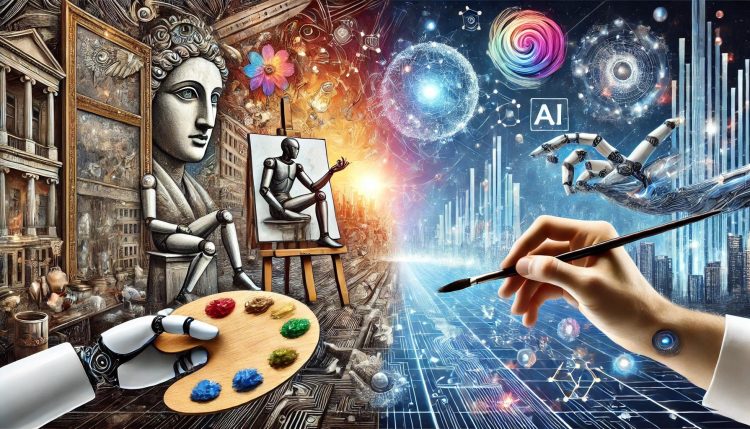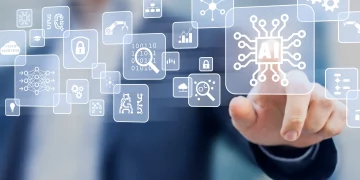Introduction
Artificial intelligence has entered a new era, where machines are no longer limited to assisting humans with repetitive or analytical tasks—they are actively generating creative content. Generative AI, encompassing text, image, and video synthesis, is transforming industries ranging from entertainment and marketing to education and scientific research. These AI models are not only automating content creation but are also expanding the limits of human creativity, allowing professionals and amateurs alike to explore new frontiers.
The rise of generative AI represents a profound technological leap. Unlike traditional AI systems that analyze or classify data, generative models produce novel content based on learned patterns. Text generators can write essays, articles, or code; image generators can produce realistic or artistic visuals from textual descriptions; and video generation tools can create moving scenes, animations, or simulations from a combination of input data. Together, these capabilities are reshaping the landscape of creative work.
This article provides an in-depth examination of advances in text, image, and video generation, explores the technologies behind them, evaluates their applications, discusses ethical and societal implications, and projects future developments in this rapidly evolving field.
1. Text Generation: Revolutionizing Written Communication
The Rise of Large Language Models (LLMs)
The foundation of modern text generation lies in large language models (LLMs). These AI systems, trained on massive corpora of text from books, articles, websites, and other sources, can produce human-like written content. Notable examples include OpenAI’s GPT series, Google’s PaLM, and Anthropic’s Claude.
LLMs operate by predicting the next word or sequence in a sentence based on context. This seemingly simple mechanism enables complex applications: essay writing, summarization, dialogue simulation, and even code generation. LLMs can adapt to various writing styles, tones, and genres, making them highly versatile tools for content creation.
Applications Across Industries
- Publishing and Journalism: AI can draft news articles, generate summaries of long reports, or suggest headlines.
- Education: Generative models can create educational content, exercises, and personalized tutoring systems.
- Programming: AI code assistants, such as GitHub Copilot, generate functional code snippets and even full programs, accelerating software development.
- Marketing and Advertising: LLMs produce compelling copy, social media posts, and product descriptions, improving productivity while reducing costs.
Challenges and Limitations
Despite their power, text-generation models face limitations: they can produce biased or inaccurate content, occasionally generate factually incorrect statements, and sometimes mimic undesirable writing patterns from training data. Mitigating these risks requires careful curation of training datasets, reinforcement learning from human feedback, and robust evaluation pipelines.
2. Image Generation: Transforming Visual Creativity
From Pixels to Concepts: How AI Creates Images
Image-generation AI leverages deep learning, particularly Generative Adversarial Networks (GANs) and diffusion models, to synthesize visuals. GANs consist of two neural networks—a generator and a discriminator—that compete to improve output quality. Diffusion models, on the other hand, iteratively refine a noisy image into a clear and coherent output based on textual or visual prompts.
Tools such as DALL·E, Stable Diffusion, and MidJourney have popularized AI-driven image generation, enabling users to convert textual prompts into realistic or imaginative visuals.
Applications Across Sectors
- Entertainment and Media: AI-generated concept art, movie posters, and character designs are accelerating the creative process for artists and designers.
- E-commerce: Online retailers use AI-generated product images for virtual try-ons, catalog expansion, and marketing campaigns.
- Healthcare and Science: AI aids in visualizing molecular structures, simulating medical imaging, or producing educational diagrams.
- Cultural Heritage: AI reconstructs historical artifacts or visualizes architectural designs from textual descriptions, preserving knowledge and imagination.
Challenges in Image Generation
The rapid rise of image-generation tools raises challenges: intellectual property issues, copyright infringement concerns, and potential misuse in generating deepfakes. Additionally, generating images that accurately represent culturally sensitive or technical subjects requires careful prompt engineering and ethical oversight.
3. Video Generation: The Next Frontier
Advances in AI-Generated Video
Video generation is the most computationally intensive branch of generative AI, requiring models to understand motion, temporal continuity, and spatial coherence. Early approaches focused on frame interpolation or short clip synthesis, but recent advances allow longer, more complex sequences to be generated from textual descriptions or reference videos.
Technologies like Video Diffusion Models, Neural Rendering, and AI-powered animation software enable the creation of fully synthetic videos. Some tools can even generate video with synchronized audio, lip movements, and background effects, opening the door to a new era of automated filmmaking.
Applications of Video Generation
- Entertainment and Animation: AI-generated trailers, short films, and animated content reduce production time and cost.
- Advertising and Marketing: Brands can generate personalized video ads tailored to specific demographics.
- Virtual Reality and Simulation: AI-generated virtual environments accelerate the development of immersive VR and AR experiences.
- Education and Training: Simulated scenarios and interactive video lessons enhance learning while providing scalable content for remote education.
Technical and Ethical Challenges
AI video generation faces significant challenges: generating coherent long-duration videos is computationally demanding, high-quality output requires extensive training data, and deepfake risks raise societal concerns. Ensuring responsible usage, transparency, and verification mechanisms is essential to prevent misuse.
4. Multimodal AI: Integrating Text, Image, and Video
The Rise of Multimodal Models
The boundaries between text, image, and video generation are blurring. Multimodal AI models, such as OpenAI’s GPT-4 multimodal version and Google’s Imagen Video, integrate multiple data types, enabling richer content creation. Users can input text and images together, and the AI produces videos or complex visualizations with contextual coherence.
Applications of Multimodal AI
- Creative Design: Designers can input text prompts and rough sketches to generate fully realized visual and animated concepts.
- Healthcare Visualization: AI can combine textual patient data with imaging to generate visual treatment plans or predictive simulations.
- Interactive Media: Video games and VR experiences can leverage multimodal AI to produce dynamic content responsive to user input.
Challenges in Multimodal AI
Developing AI that can simultaneously understand and generate across multiple modalities is highly complex. Models must maintain consistency in style, motion, and semantics, requiring sophisticated training techniques and extensive computational resources.
5. Societal and Ethical Implications
Intellectual Property and Ownership
As AI-generated content becomes indistinguishable from human-made content, questions of intellectual property arise. Who owns AI-generated artwork, writing, or video? How should copyright laws adapt to account for machine-generated content? Legal frameworks are still evolving, and proactive policy development is needed.
Misinformation and Deepfakes
Generative AI’s ability to produce realistic images and videos poses a risk of misinformation. Deepfakes can be used maliciously to impersonate individuals or distort reality, impacting politics, finance, and personal reputations. Detection technologies, regulatory frameworks, and ethical guidelines are crucial to mitigate these risks.
Job Market Transformation
While generative AI can automate many creative tasks, it does not eliminate the need for human creativity. Instead, it transforms roles: professionals increasingly focus on prompt engineering, curation, and oversight, while AI handles routine or repetitive content generation. The labor market will evolve to emphasize collaboration between humans and machines.
Bias and Fairness
AI models inherit biases present in training data, which can manifest in generated content. Ensuring fairness and diversity in AI outputs requires careful dataset curation, ongoing monitoring, and user education about AI limitations.
6. The Future of Generative AI
Advances in Realism and Interactivity
Future generative AI models are likely to produce even more realistic content, with higher fidelity visuals, lifelike audio, and nuanced contextual understanding. Interactive generative systems may allow users to co-create content with AI in real time, enhancing productivity and creativity.
Integration with Other Technologies
Generative AI will increasingly integrate with AR/VR, IoT, and robotics, enabling immersive experiences and intelligent content generation across physical and digital spaces. AI-generated simulations could revolutionize education, entertainment, and scientific research.
Regulation and Responsible Innovation
As generative AI technology advances, robust regulation will become essential to ensure ethical usage, protect intellectual property, and mitigate risks like misinformation and bias. Collaboration between governments, corporations, and research institutions will guide responsible development.
Human-AI Collaboration
The ultimate potential of generative AI lies in augmenting human creativity, not replacing it. By handling repetitive, labor-intensive tasks, AI frees humans to explore novel ideas, experiment with artistic forms, and innovate across disciplines. This symbiotic relationship promises a future where AI and humans co-create on unprecedented scales.
Conclusion
Generative AI is pushing the boundaries of what technology can achieve in text, image, and video production. Its transformative impact spans industries, democratizes creative capabilities, and reshapes the nature of work and content creation. Despite challenges—including ethical concerns, bias, deepfake risks, and intellectual property questions—the trajectory of generative AI is clear: it will continue to expand creative possibilities, enhance productivity, and redefine human-machine collaboration.
By harnessing generative AI responsibly, society can unlock a future where imagination is augmented, creativity is amplified, and the boundaries of technology continue to advance into uncharted territory.


